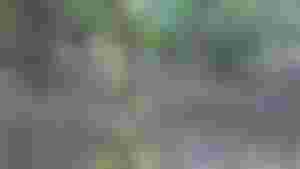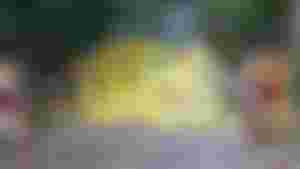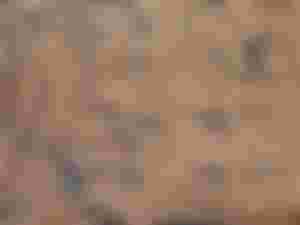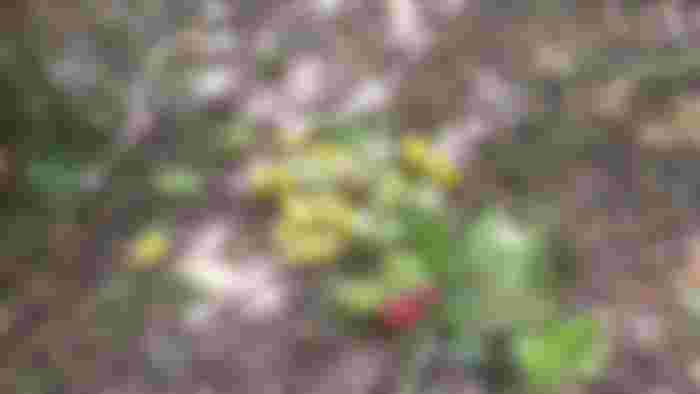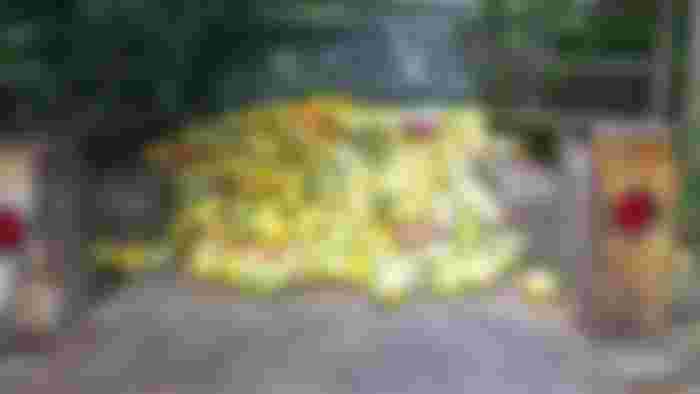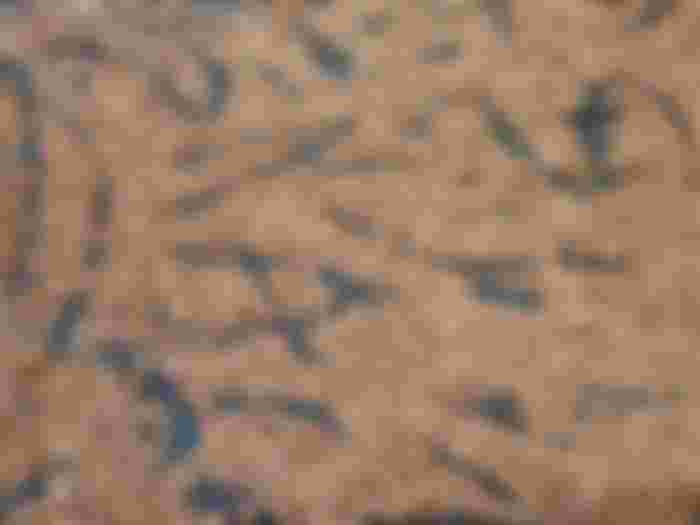If you had to read the statement twice to try to understand it "currency in grains" I assure you that you may be surprised to know a local currency that coexists in several communities in eastern Venezuela.
Due to the shortage of local currency in Venezuela and as a result of the massive migration of Venezuelans around the world, currently in the country it is easier to find American dollars in cities than the national currency "El Bolívar". However, there are towns where access to both currencies is more complicated. Therefore, as a result of this precarious situation, many farmers who live in perishing communities in the Sucre state have found it necessary to negotiate their cocoa crops for food and consumer products in commercial supplies, butchers, bakeries and fish markets.
Sucre state is known for being a fishing area, surrounded by the immense Caribbean Sea and washed by the coasts of Paria and also for being an excellent agricultural area. Despite being a very rugged state, the state is recognized for being a producer and exporter of cocoa. Around 80% of all the cocoa exported in Venezuela is produced in the state of Sucre. However, Sucre state is one of the states with the highest poverty rate in the country, and the humble Sucre farmer is forgotten by government entities.
Sucrean cocoa producers pawn their crops in the market by not having digital money or cash and since their crops take time to grow, they wait for the crops to occur in order to collect the ripe fruit (cocoa maracas), detach the bean from its shell (milk the cocoa, thus named by the farmers), allow to deburr or eliminate the excess liquid from the bean and finally dry it in the sun, and then go to the commercial establishments and be able to make your purchases.
Each kilogram of cocoa consists of approximately twenty-four maracas of this fruit, which were cultivated until its ripening stage with much observation, sacrifice and commitment on the part of the farmers, who fervently take care of their crops due to the increasing thefts of this product throughout the region. region. And it is that cocoa has a cost both in Venezuelan bolivars and in US dollars, it is a product of very easy access and the cocoa plant, although it needs to be cared for, does not require so many fertilizers and industrial chemicals which also turn out to be expensive .
For sale, one kilogram of cocoa is equivalent to:
• 900,000 Venezuelan bolivars in cash.
• If the payment is made by bank transfer, the kilogram of cocoa is equivalent to 1,800,000 Venezuelan bolivars.
• If the payment is made in foreign currency (US dollars), a kilogram of cocoa costs 1.4 USD. These prices vary according to the daily increase of the official dollar.
NOTE: “If you could notice the difference in prices for cocoa depending on the form of payment to be canceled, it is because Venezuela is the only country in the world where citizens buy their own local currency at 100% of its cost due to its scarcity I would like to explain that to you in another post.
To easily explain the dynamics of buying and selling, let's say that: a farmer goes to a supply with 20 kilograms of cocoa to make his purchases, the agreed form in acceptance of the product by bank transfer would be 1,800,000 bolivars for each kilogram, So the farmer has 36,000,000 bolivars, it turns out to be a large sum of money. But these amounts are a mirage, in Venezuela the price of the official dollar for today is about 1,500,000 bolivars, so the farmer is going to make his purchases with only 24 US $ USD and barely that is enough to buy all the food basket that is located 300 $ USD.


